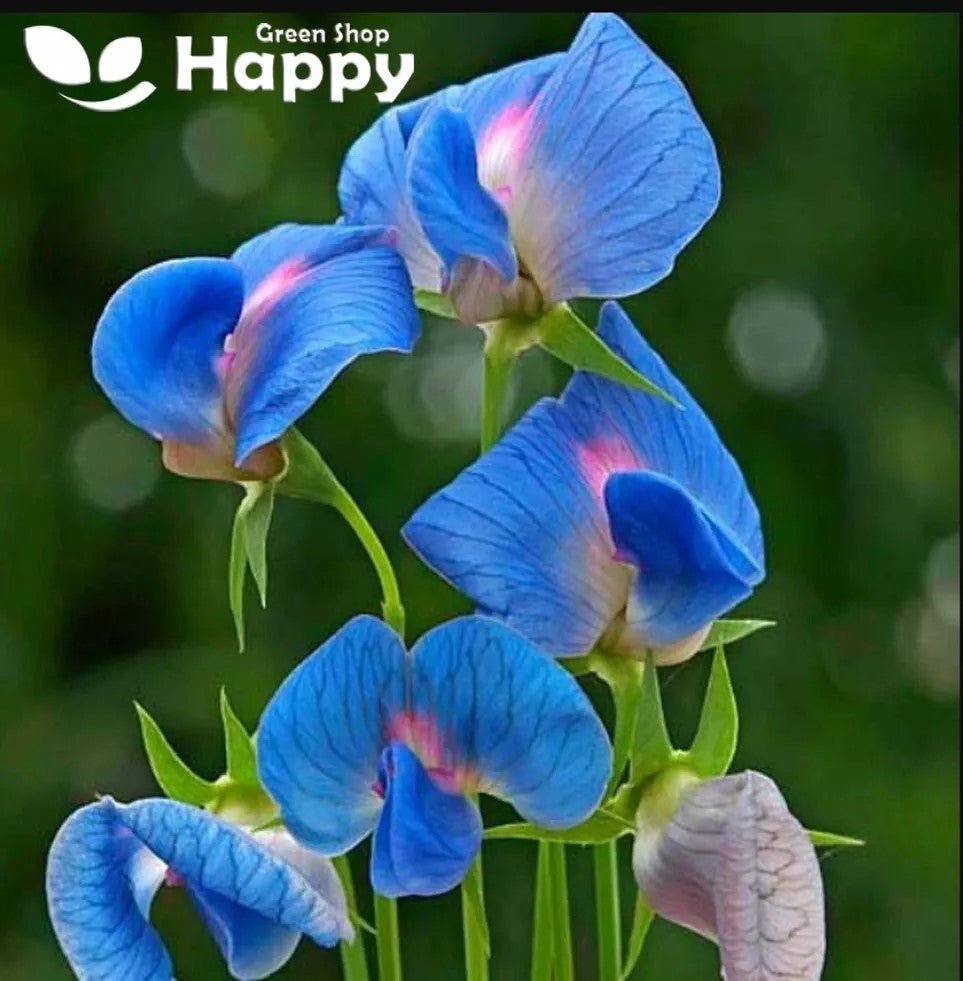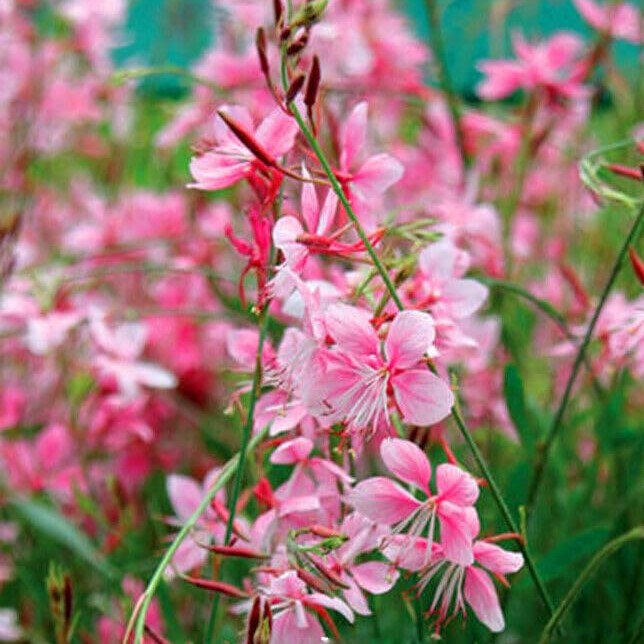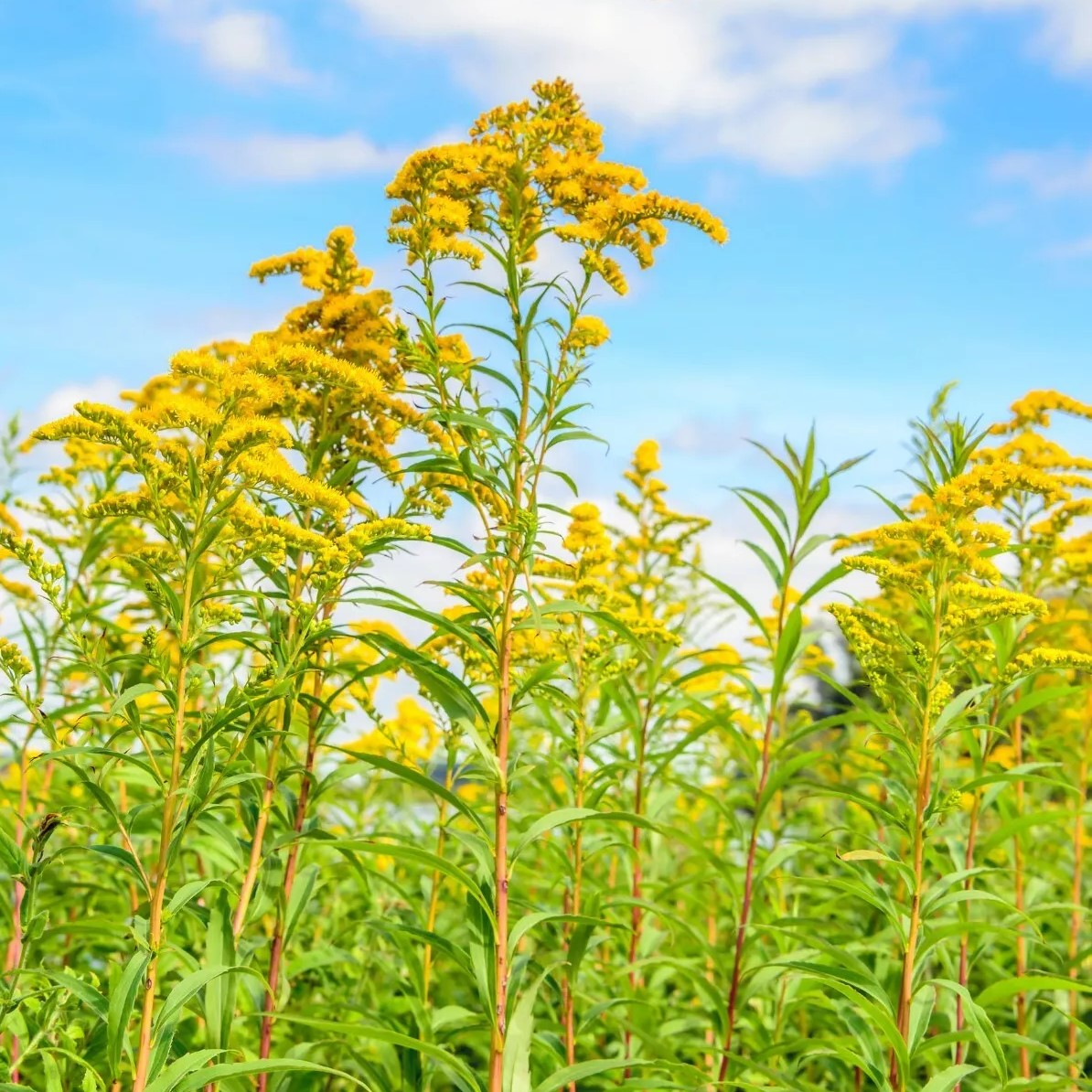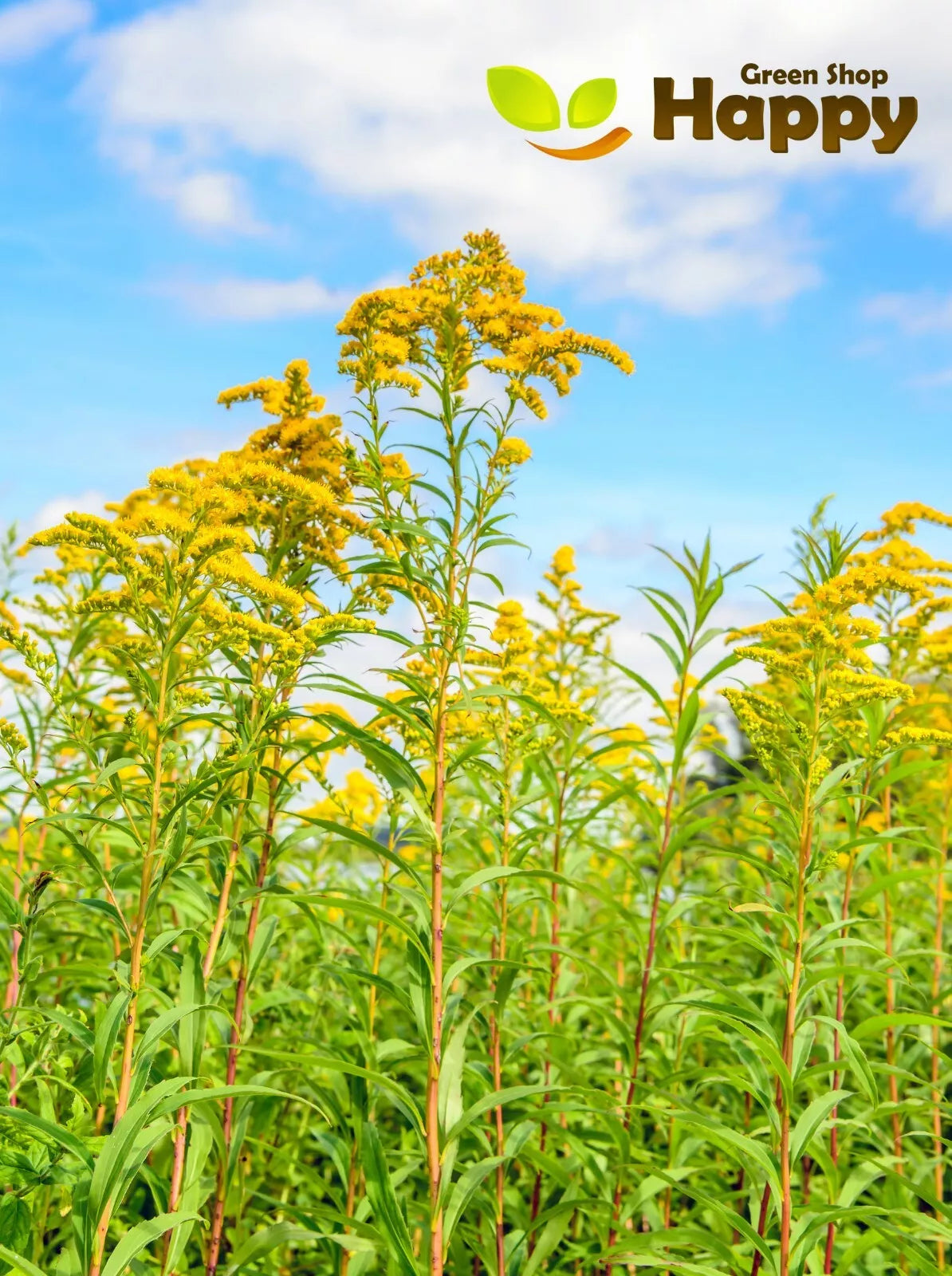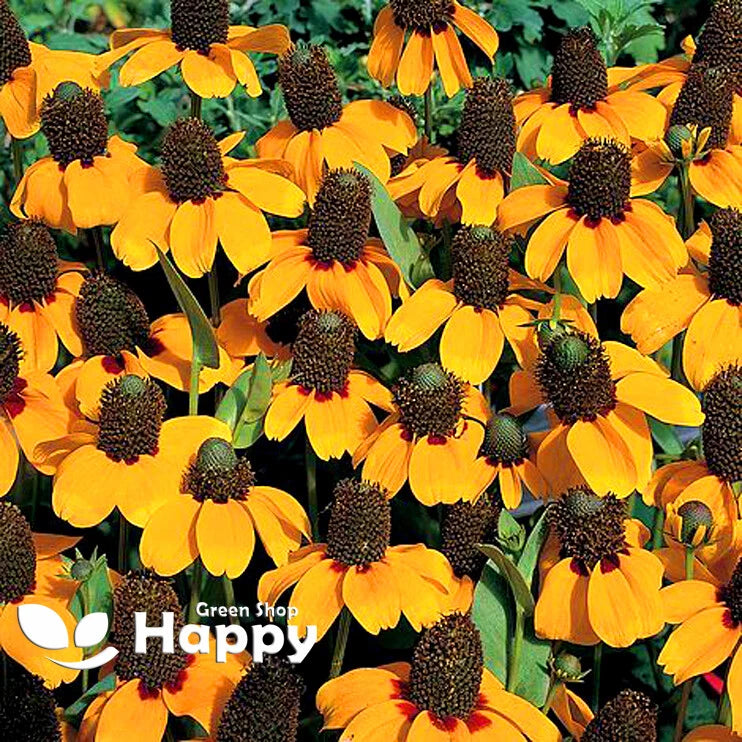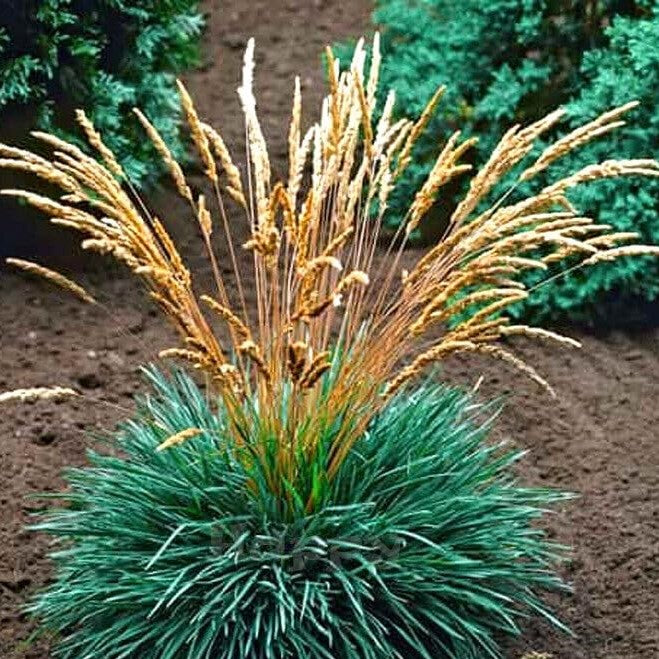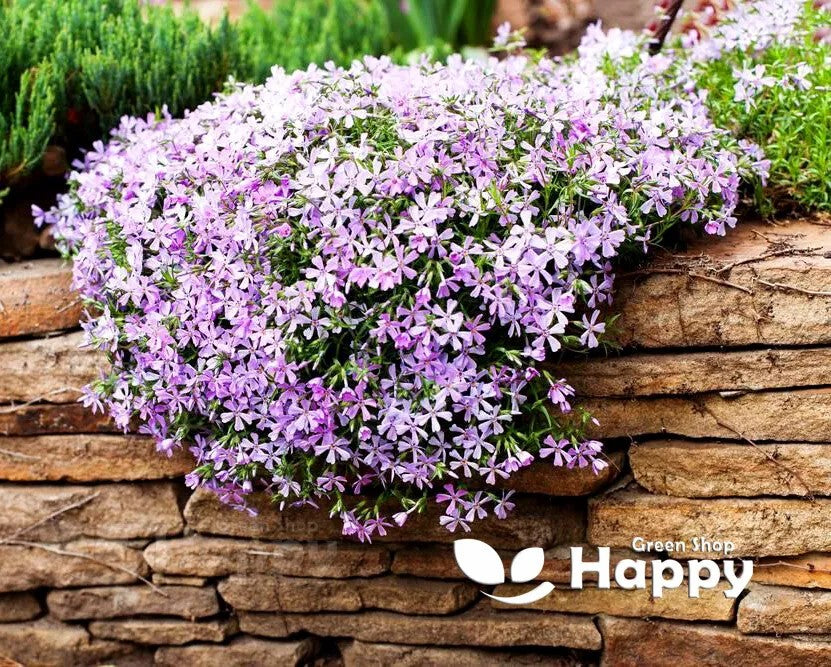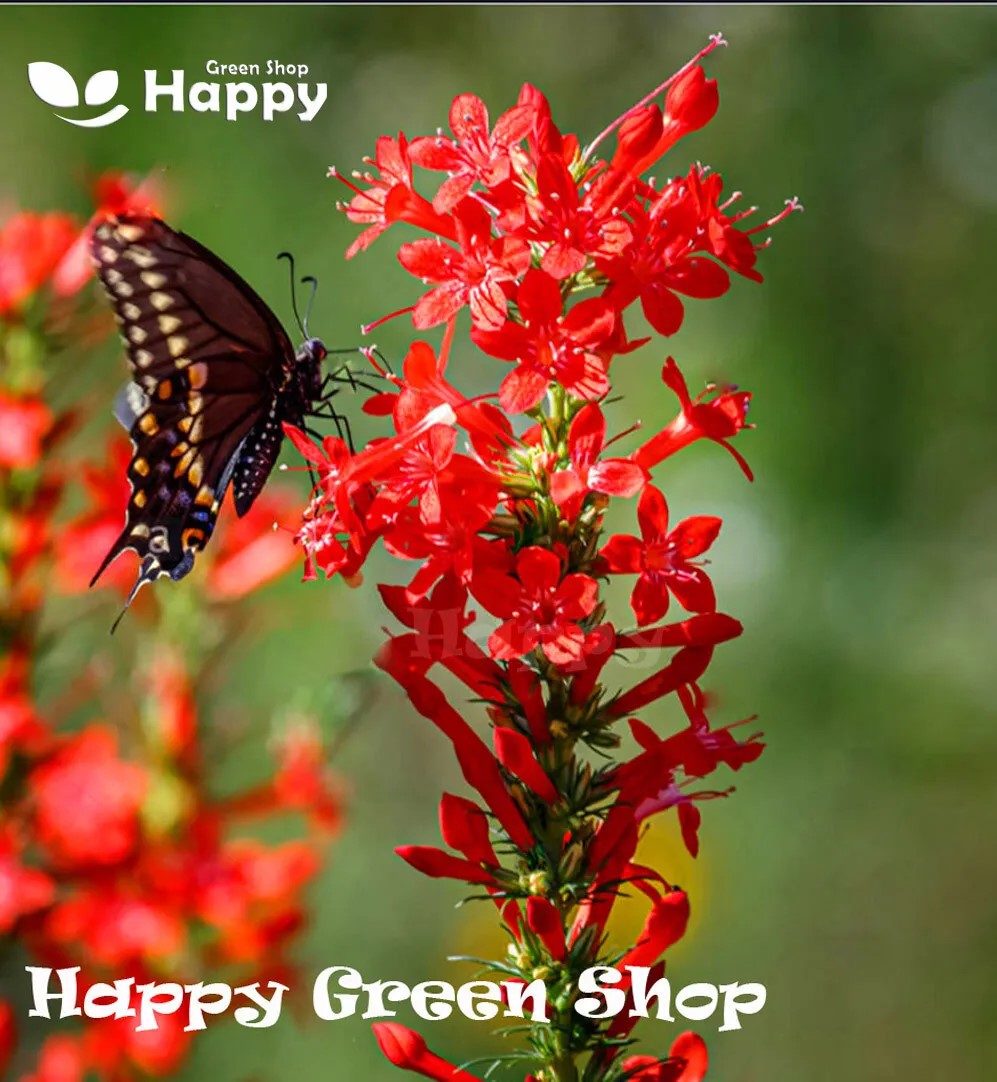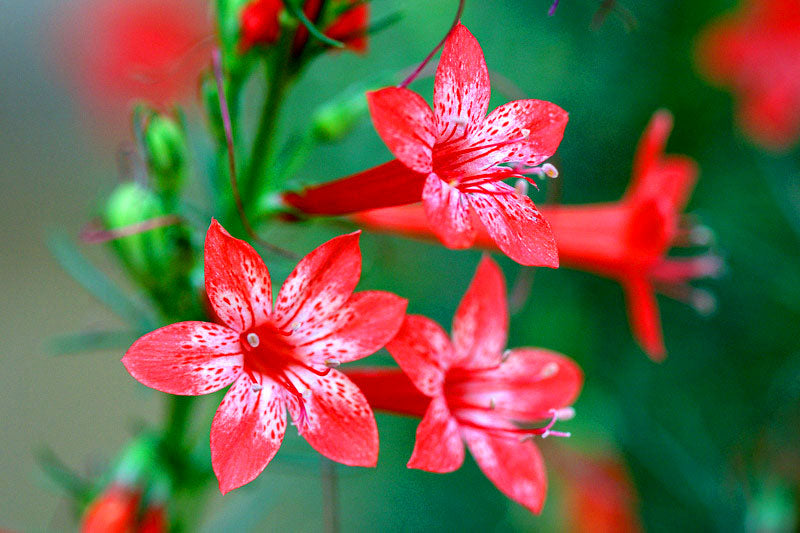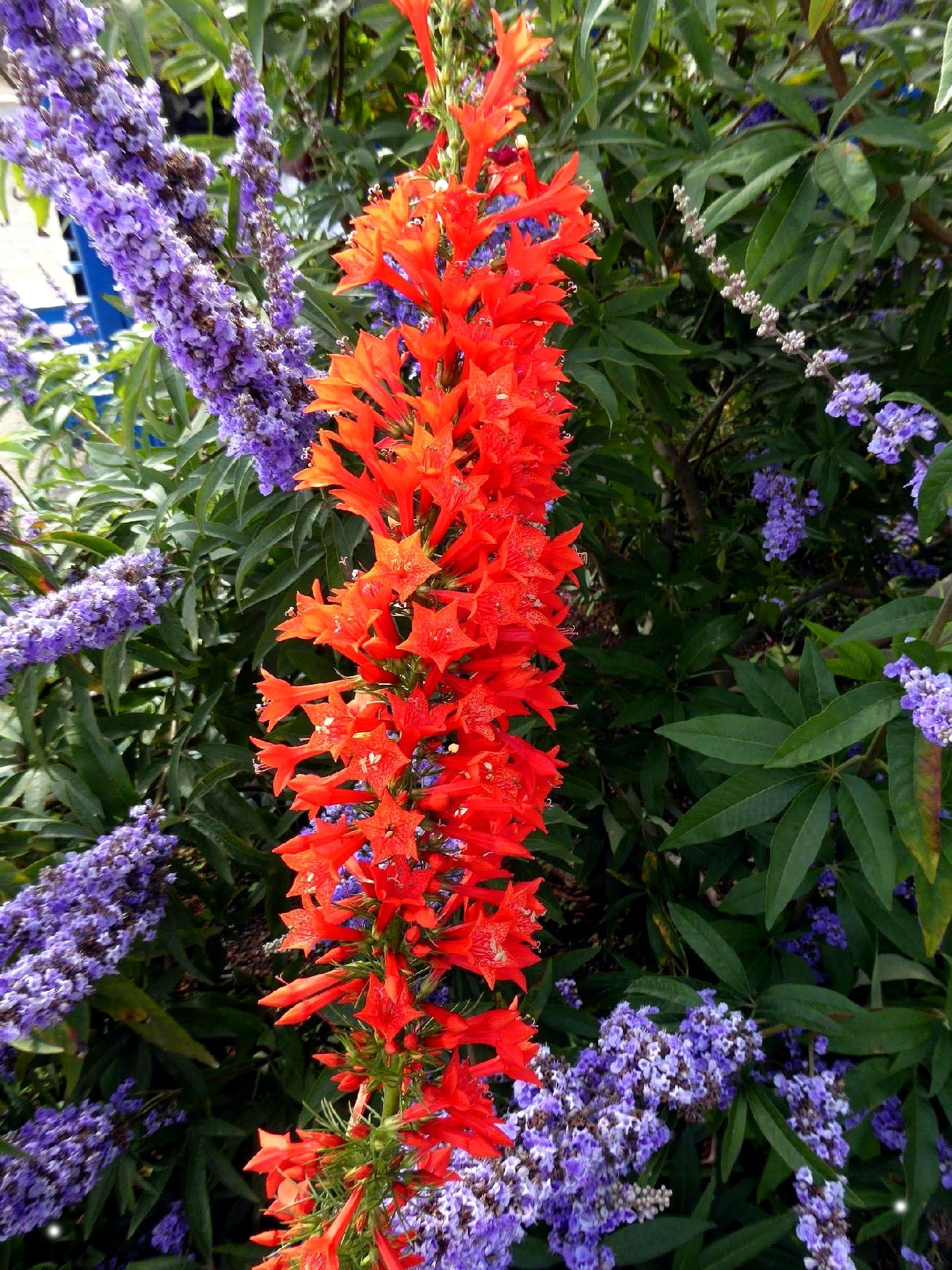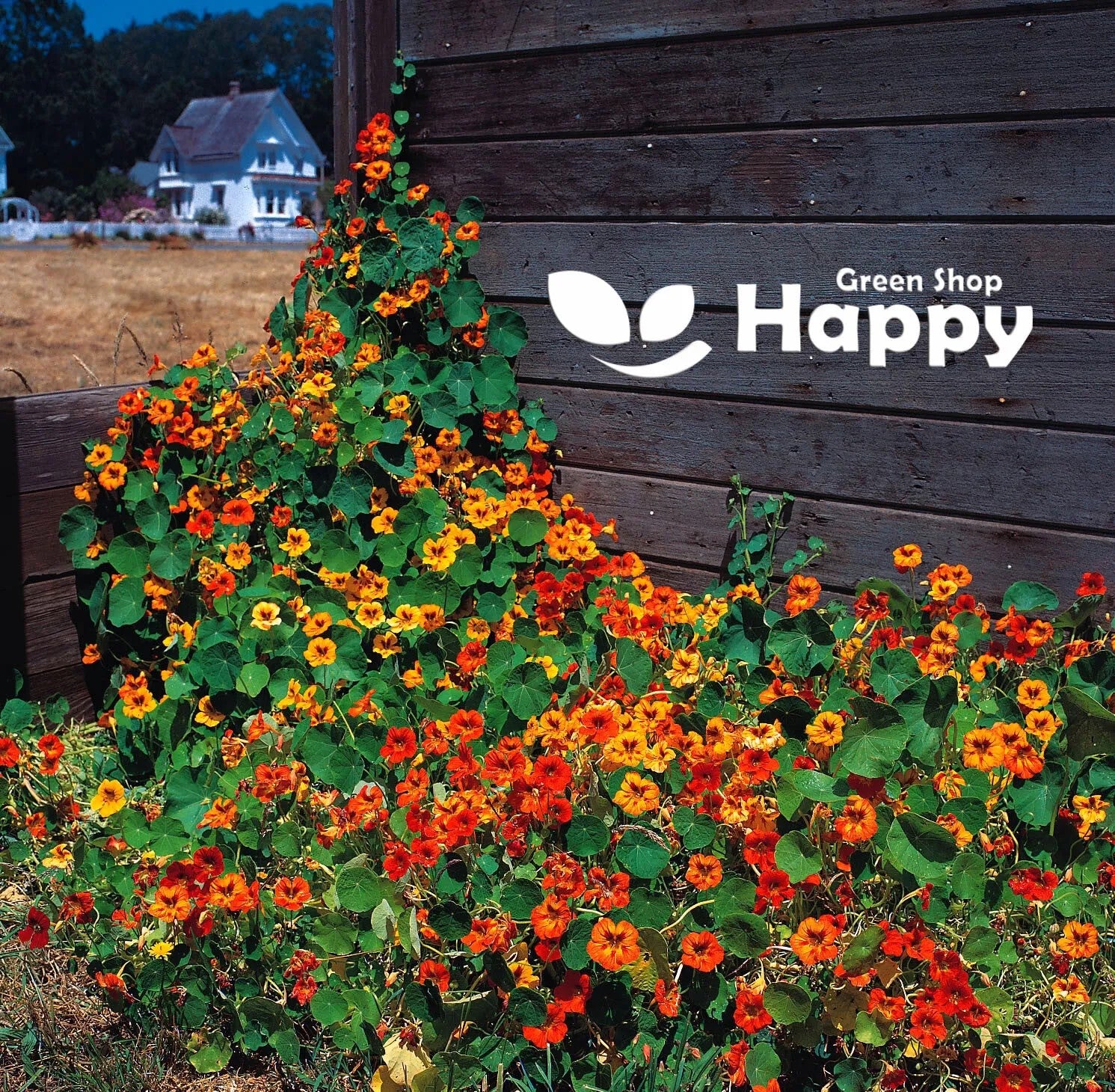Sort by:
211 products
211 products
Indian Pea ‘Azureus’ – Blue-Pink Flowers – Seeds (Lathyrus sativus)
The Indian Pea ‘Azureus’ (Lathyrus sativus) is a striking and unusual climbing annual, producing delicate blue to pink pea-like blossoms above fine green foliage. Fast-growing and drought-tolerant, it thrives in poor soils and adds a natural, airy charm to borders, trellises, and wild gardens. A hardy species, it has long been valued for its ornamental and agricultural qualities.
Why Grow Indian Pea ‘Azureus’?
-
Unusual pea-like flowers in blue and pink shades
-
Climbing habit perfect for trellises and supports
-
Hardy, drought-tolerant, and easy to grow
-
Adds a natural wildflower look to gardens
Key Features
-
Type: Hardy annual
-
Height: 100–150 cm
-
Spread: 30–40 cm
-
Flowering: June–August
-
Position: Full sun
-
Soil: Poor to moderately fertile, well-drained
Ideal For
-
Trellises, arches, and fences
-
Cottage and wild gardens
-
Pollinator-friendly plantings
-
Drought-prone or low-maintenance sites
Sowing & Growing
-
Sow outdoors: March–May directly in soil
-
Germination: 10–20 days at 15–20°C
-
Thin seedlings: 20–30 cm apart
-
Provide support for climbing stems
-
Water regularly in dry spells
Tip: Pair with other climbing annuals for a colorful vertical display.
Meadow Sage – Seeds (Salvia pratensis)
Meadow Sage (Salvia pratensis) is a hardy perennial wildflower with elegant spikes of deep violet-blue blooms. Highly attractive to bees, butterflies, and other beneficial insects, it adds natural beauty and biodiversity to any garden. Long-flowering and low-maintenance, this sage is ideal for wild meadows, borders, and pollinator-friendly plantings.
Why Grow Meadow Sage?
-
Striking violet-blue flower spikes
-
Attracts bees, butterflies, and pollinators
-
Hardy, drought-tolerant perennial
-
Low-maintenance and long-lasting
Key Features
-
Type: Perennial
-
Height: 40–70 cm
-
Spread: 30–40 cm
-
Flowering: June–August
-
Position: Full sun
-
Soil: Well-drained, moderately fertile
Ideal For
-
Wildflower meadows
-
Pollinator-friendly gardens
-
Naturalized plantings
-
Sunny borders and cottage gardens
Sowing & Growing
-
Sow indoors: February–April in trays/pots
-
Germination: 14–21 days at 18–20°C
-
Transplant outdoors: After last frost
-
Direct sow outdoors: April–June or September
-
Spacing: 30–40 cm apart
Tip: Cutting back after flowering encourages a second flush of blooms.
Beeblossom Rosy-White – Seeds (Gaura lindheimeri)
Beeblossom (Gaura lindheimeri) is a graceful perennial, prized for its airy stems and delicate rosy-white flowers that resemble dancing butterflies in the breeze. Flowering over a long season, it adds elegance and movement to borders, cottage gardens, and wildflower-style plantings. Easy to grow and drought-tolerant once established, it thrives in sunny spots and well-drained soil.
Why Grow Beeblossom Rosy-White?
-
Produces clouds of dainty rosy-white blooms
-
Long flowering period, from summer into autumn
-
Perfect for naturalistic, cottage, or pollinator-friendly gardens
-
Drought-tolerant and low-maintenance
Key Features
-
Type: Hardy perennial
-
Height: 60–90 cm
-
Spread: 40–60 cm
-
Flowering: June–October
-
Position: Full sun
-
Soil: Light, well-drained
Sowing & Growing
-
Sow indoors: February–April in trays, lightly cover with compost
-
Germination: 14–30 days at 18–20°C
-
Transplant: When seedlings are large enough, plant outdoors after last frost
-
Spacing: 40 cm apart
-
Can also be sown directly outdoors in May–June
Tip: Beeblossom is ideal for softening borders and pairs beautifully with ornamental grasses.
Golden Rod ‘Yellow Springs’ – 2000 Seeds (Solidago canadensis)
The Golden Rod ‘Yellow Springs’ is a hardy perennial that produces tall spikes of tiny golden-yellow flowers, creating a striking late-summer display. A magnet for bees and butterflies, it’s ideal for naturalistic gardens, meadows, and wildlife-friendly plantings. Easy to grow, drought-tolerant, and low-maintenance.
Why Grow ‘Yellow Springs’?
-
Tall, elegant spires of golden-yellow blooms
-
Attracts pollinators and supports biodiversity
-
Drought-tolerant and hardy perennial
-
Excellent for cut flowers and meadow planting
Key Features
-
Type: Perennial
-
Height: 100–150 cm
-
Flowering: July–September
-
Position: Full sun, well-drained soil
-
Uses: Borders, wildflower gardens, meadows, cut flowers
Ideal For
-
Pollinator-friendly gardens
-
Naturalized meadow plantings
-
Adding vertical height and late-season color
Sowing & Growing
-
Sow indoors: February–April, lightly cover seeds
-
Sow outdoors: April–June in prepared soil
-
Germination: 14–21 days at 18–22°C
-
Thin or transplant seedlings 30–40 cm apart
-
Cut back in autumn after flowering
Rudbeckia ‘Clasping Coneflower’ – Seeds (Rudbeckia amplexicaulis)
The Clasping Coneflower is a hardy annual Rudbeckia that produces masses of golden-yellow petals marked with dark reddish-brown centers. With its long flowering season and striking daisy-like blooms, it’s ideal for brightening borders, meadows, and wildflower gardens. Heat- and drought-tolerant, it thrives in poor soils and attracts bees and butterflies.
Why Grow Clasping Coneflower?
-
Bright golden-yellow flowers with dark centers
-
Long flowering season, summer into autumn
-
Attracts pollinators
-
Easy to grow, drought-tolerant
Key Features
-
Type: Hardy annual
-
Height: 60–90 cm
-
Flowering: June–September
-
Position: Full sun, well-drained soil
-
Uses: Borders, meadows, wildflower gardens, cut flowers
Ideal For
-
Naturalistic and wildflower plantings
-
Low-maintenance garden borders
-
Pollinator-friendly spaces
Sowing & Growing
-
Sow outdoors: April–June directly into prepared soil
-
Germination: 10–20 days at 18–22°C
-
Thin seedlings to 20–30 cm apart
-
Deadhead for prolonged flowering
Blue Hair Grass – 300 Seeds (Koeleria glauca)
Add elegant texture and cool-toned color to your garden with Blue Hair Grass (Koeleria glauca). This compact, ornamental grass forms neat clumps of fine, silvery-blue foliage, topped with delicate seed heads in early summer. Its striking appearance makes it ideal for rock gardens, borders, containers, or as a soft contrast among colorful flowers. Hardy and drought-tolerant, it’s a reliable choice for low-maintenance landscapes.
Why Grow Blue Hair Grass?
-
Attractive silvery-blue foliage year-round
-
Airy seed heads add movement and lightness
-
Compact and low-growing, perfect for edging or containers
-
Tolerant of poor, sandy, or dry soils
-
Low-maintenance and hardy perennial
Key Features
-
Type: Perennial ornamental grass
-
Height: 30–40 cm
-
Spread: 25–30 cm
-
Position: Full sun; well-drained soil
-
Uses: Rock gardens, borders, containers, ground cover, naturalistic plantings
Ideal For
-
Adding texture and color contrast to mixed plantings
-
Drought-tolerant, low-care gardens
-
Coastal and gravel gardens
-
Stylish modern landscaping
Sowing & Growing
-
Sow indoors: February–April in trays of moist compost, lightly covering the seed
-
Germination: 14–28 days at 18–22°C
-
Transplant seedlings when large enough to handle
-
Plant out after frost, spacing 25 cm apart
-
Flowers and produces seed heads in early summer
Mountain Phlox – Seeds (Linanthus grandiflorus)
Bring a splash of wildflower beauty to your garden with Mountain Phlox (Linanthus grandiflorus). This charming annual produces clusters of dainty, star-shaped flowers in shades of lavender, pink, and white, creating a soft carpet of color. Native to western North America, Mountain Phlox is well-suited to rock gardens, borders, and wildflower meadows, thriving in sunny, well-drained spots.
Why Grow Mountain Phlox?
-
Dainty star-shaped blooms in pastel shades
-
Long-lasting summer color
-
Attracts bees, butterflies, and pollinators
-
Excellent for rock gardens and naturalized plantings
-
Easy to grow and low maintenance
Key Features
-
Type: Hardy annual
-
Height: 20–40 cm
-
Flowering: June–August
-
Position: Full sun; light, well-drained soil
-
Uses: Rock gardens, borders, wildflower mixes, containers
Ideal For
-
Adding soft pastel tones to summer displays
-
Pollinator-friendly gardens
-
Drought-tolerant, low-maintenance areas
-
Naturalistic or meadow-style planting
Sowing & Growing
-
Sow outdoors: March–May directly where they are to flower
-
Cover seeds lightly with soil, keep moist until germination
-
Germination: 14–21 days at 15–20°C
-
Thin seedlings to 15–20 cm apart
-
Flowers in summer the same year
Standing Cypress – 150 Seeds (Ipomopsis rubra)
Add a dramatic vertical accent to your garden with Standing Cypress (Ipomopsis rubra). This hardy biennial or short-lived perennial produces tall, slender spikes covered with brilliant scarlet-red, trumpet-shaped flowers. Loved by hummingbirds, butterflies, and bees, it creates a striking display in wildflower meadows, cottage gardens, and naturalized plantings. Its fern-like foliage provides texture, while the flowers bloom in succession for weeks of color.
Why Grow Standing Cypress?
-
Vibrant scarlet-red tubular flowers
-
Attracts hummingbirds, butterflies, and pollinators
-
Tall, airy spires up to 90–150 cm
-
Perfect for naturalistic and meadow plantings
-
Heat and drought tolerant once established
Key Features
-
Type: Biennial or short-lived perennial wildflower
-
Height: 90–150 cm
-
Flowering: Summer (July–September)
-
Position: Full sun; well-drained soil
-
Uses: Pollinator gardens, borders, meadows, cut flowers
Ideal For
-
Wildflower meadows & prairie gardens
-
Pollinator-friendly planting
-
Adding height to borders and backdrops
-
Low-maintenance, drought-tolerant landscapes
Sowing & Growing
-
Sow indoors: March–April in trays or pots, cover lightly with soil
-
Sow outdoors: Directly in April–June where they are to grow
-
Germination: 14–21 days at 18–22°C
-
Thin/plant spacing: 25–30 cm apart
-
Flowers the second year, but may self-seed for naturalized displays
Nasturtium 'Double Gleam Hybrids' Mix – 80 Seeds (Tropaeolum majus)
Fill your garden with vibrant color using Nasturtium 'Double Gleam Hybrids' Mix. This stunning variety produces semi-double blooms in shades of yellow, orange, and red above trailing, rounded foliage. Perfect for borders, hanging baskets, and containers, nasturtiums are also edible, adding color and spice to salads.
Why Grow 'Double Gleam Hybrids'
-
Semi-double, glowing flowers in warm tones
-
Long-lasting summer blooms
-
Attracts pollinators and beneficial insects
-
Edible flowers and leaves
Key Features
-
Type: Hardy annual (Tropaeolum majus)
-
Height: 30–40 cm, trailing
-
Flowering: June–September
-
Position: Full sun or partial shade
-
Uses: Borders, baskets, containers, edible flowers
Ideal For
-
Hanging baskets and window boxes
-
Bright summer bedding
-
Edible gardens and kitchen plots
-
Companion planting to deter pests
Sowing & Growing
-
Sow indoors: March–April in pots
-
Sow outdoors: April–June directly in soil
-
Germination: 7–14 days at 15–20°C
-
Plant spacing: 25–30 cm
-
Prefers poor to moderately fertile soil for best flowering
Showing 54/211





